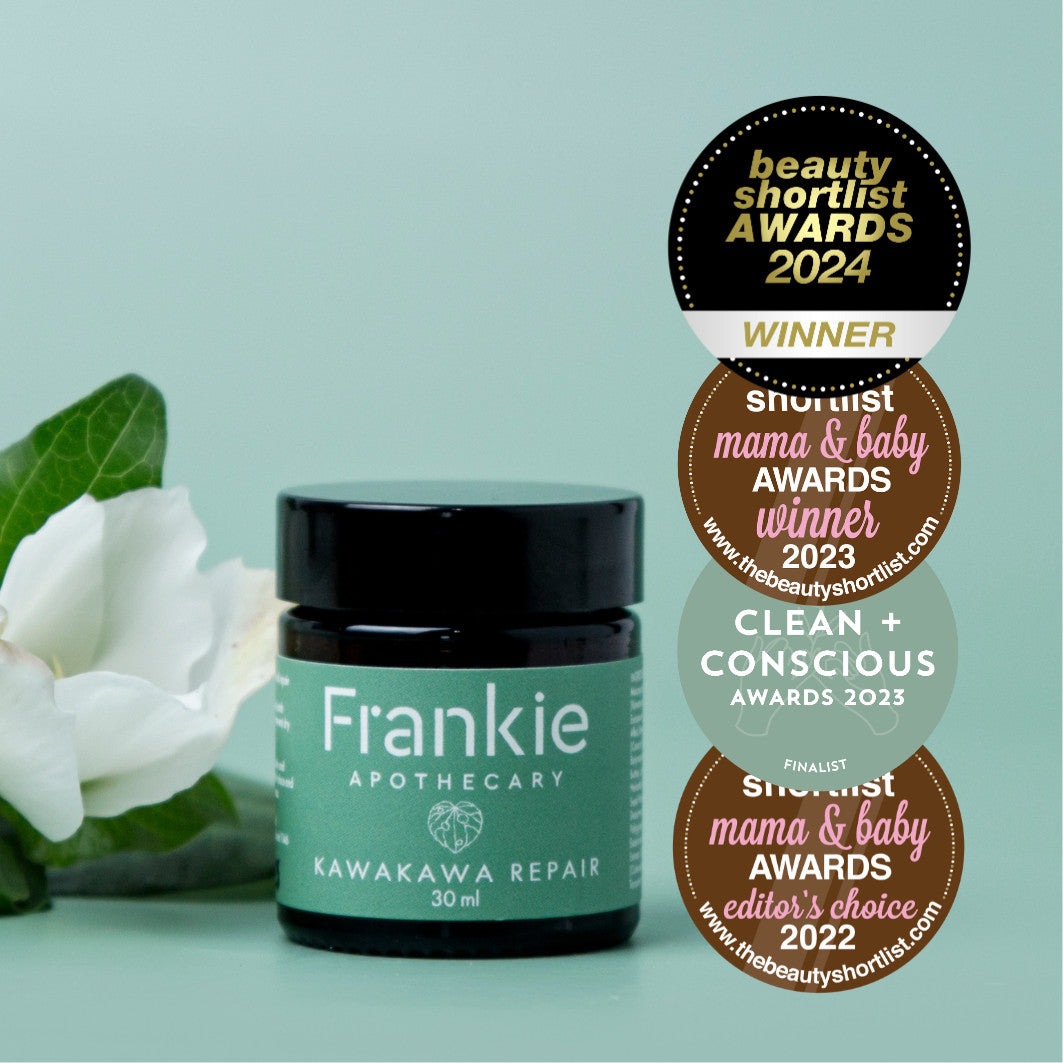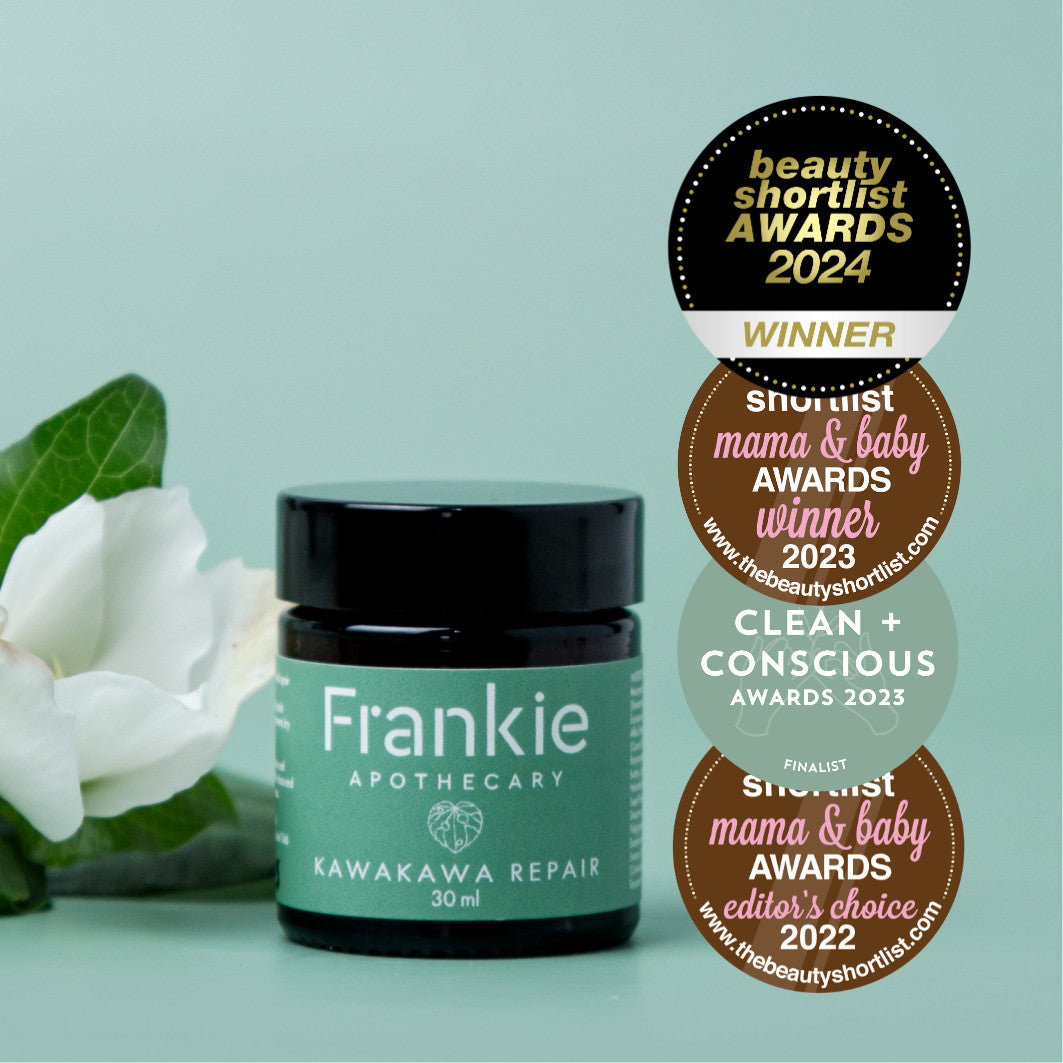The beautiful star cluster known as Matariki appears in New Zealand skies in the maramataka month of Pipiri, signalling the beginning of the Māori New Year.
What a beautiful reminder that new beginnings constantly unfurl, and our heritage and whakapapa are to be treasured.
At Frankie we love to mark Matariki with new beginnings by raising some baby Kawakawa shrubs, but also this year I have been working on letting go of old beliefs and attitudes and letting go of things that aren't helpful. It feels good to be creating some new ways of being and renewal inside myself as well.
Matariki falls between 19 June and 11 July in 2021, and will be celebrated and acknowledged by countless Iwi and Tauiwi from a wide range of backgrounds. We are glad that next year for the first time, we will celebrate Matariki as a public holiday on 24th June. As Jacinda said; "Matariki will be a distinctly New Zealand holiday; a time for reflection and celebration, and our first public holiday that recognises Te Ao Māori". Not before time!
In 2020, Matariki seemed especially momentous as New Zealand - Aotearoa shrugged off her cloak of lockdown to breath the deep the chilly clean air of midwinter, and Black Lives Matter and anti-racist movements globally stood proud, loud and growing vibrantly in the face of continuing atrocity and systematic racism - both in the USA and here in Aotearoa.
This year has seen increasing new initiatives in New Zealand and around the world to attempt to mitigate the effects of climate change, and Aotearoa's government has a stated goal of becoming carbon neutral by 2050.
We hold a burning hope for truly meaningful changes around the world, and believe that each year, Matariki can help us mark our ongoing progress and work for hope, action and change for a cleaner, fairer world.
Things you can do to celebrate Matariki
Very close to winter solstice (on 22 June), Matariki marks the darkest, coldest time of the year and Pipiri means ‘to draw close’. Draw near to your loved ones, light the fire, share food in the warmth of your home.
- Invite whanau, friends and neighbours for a shared meal to enjoy the bounty of autumn harvests, or share food with others in your community who do not have enough
- Create a time, or ritual to remember and be grateful for loved ones who have passed
- Share your knowledge of your whakapapa with your children, by telling stories of your ancestors lives and looking through photos
- Show your gratitude for the land and sea by planting a tree, collecting rubbish, going plastic free, lobbying a politician - or by spending time in nature
- Set new goals for the coming year - for yourself and together as a whanau, and take time to consider your place in the world, while you plan for the future.
Matariki dates and events for 2021
Matariki will be welcomed at with Karakia on the 19th of June.
The time to see Matariki rising this year is July 13-16, during the phase of the moon known as Tangaroa, the moon of plenty. Some iwi in areas of the South Island, the Far North, Whanganui, and Taranaki, look for the rise of Puanga (Rigel in Orion) instead, because it is easier to see from their rohe and appears around the same time as Matariki. Here is a video showing how to find Matariki.
The Matariki Festival website is by far the best source of events of all kinds from around Aotearoa - see the events page here. for things you can do with friends or family - and Eventfinda also has a good list. Aucklanders, check out Te Korakora on Takutai event planned for July 9th with Ria Hall and other artists.
Matariki and Maramataka resources
Te Papa Resources including waiata, resources for teachers, and a beautiful Printable booklet (ideal for family,ECE or school use, English and Māori).





























